Reading Time: 7 minutes
Are you ready for an epic Bass fishing trip? Pretty much every Bass species is beloved by anglers wherever they show up. And, like all fish, they respond well to different baits. Artificial and natural lures both have the potential to catch a trophy Bass. So, in this guide, I’ll dive into some various Bass species, their habitats, and food sources. I’ll then cover the rigging options and baits that are most common and effective. Yes, this is my guide to the best Bass baits!
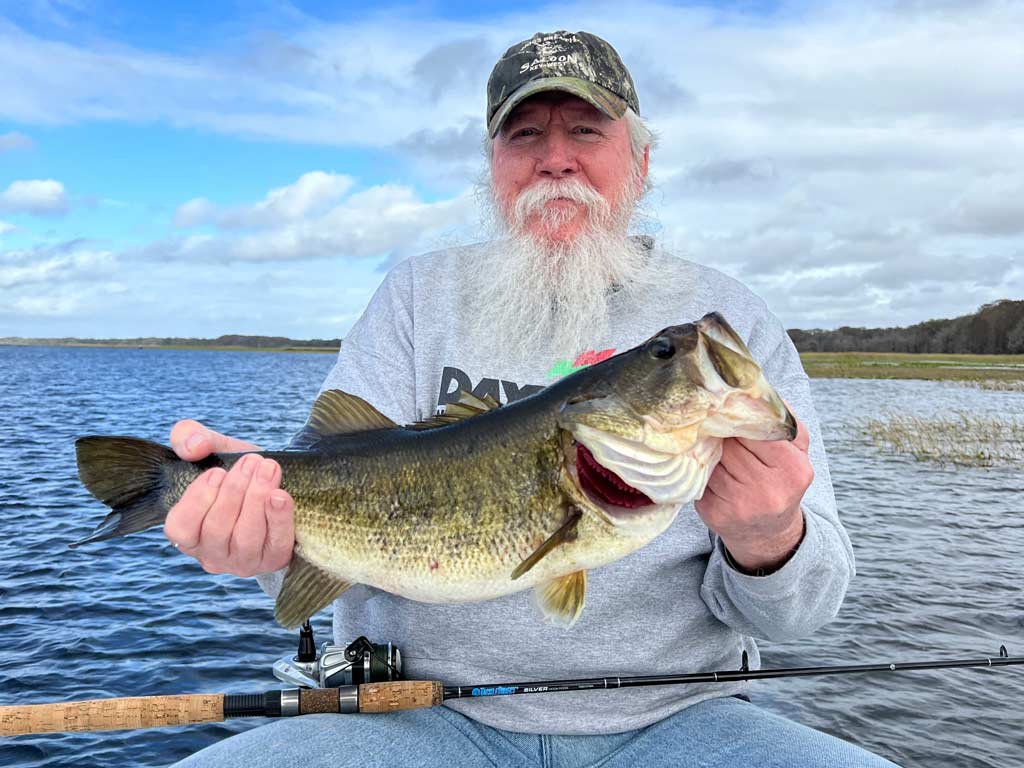
Photo courtesy of Tight Line Guides.
All Bass are voracious predators that strike based on motion and their sense of smell. If you want to catch more – and bigger – Bass, you need to think about your rigging and bait strategies. With the right approach, you can increase the odds of catching a trophy. Let’s take a closer look…
Common Bass Species
Different Bass species live in both freshwater and saltwater. The food sources are naturally different in these environments, but you’ll also find regional variations in food sources. Despite the difference in prey, all Bass are predatory and you can catch them with baits, artificial lures, and flies. Here are some you could come across:
Largemouth Bass
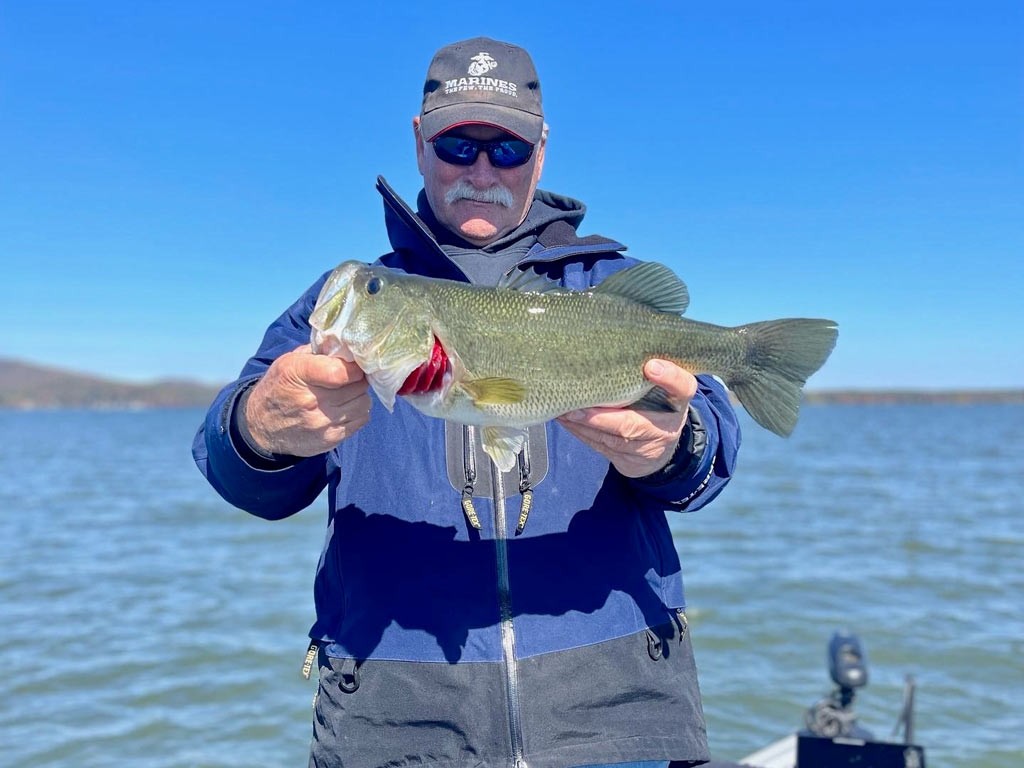
Photo courtesy of Alabama Elite Fishing Guide Jason Whitehead.
When it comes to freshwater fishing, most anglers associate the sport with Largemouth Bass. They’re a popular tournament species and are prolific across the country. You’ll find these creatures in lakes and backwaters ranging from Ontario and the Great Lakes to north and central Mexico. The midwest and southern US are major Largemouth destinations but they’re also numerous in places like California and even the desert Southwest.
Smallmouth Bass

Photo courtesy of Buffalo Bassman Charters.
Much like its Largemouth cousin, this species is named after its distinctive jawline. Often called “Bronzebacks,” Smallmouth Bass are revered for their speed, power, and hard-fighting nature. They also have a wide distribution in the Great Lakes, the Midwest, and the western US. The latter region boasts the Oregon and Idaho Rivers, while Arizona also has excellent fishing in reservoirs like Lake Powell and Lake Havasu.
Striped Bass
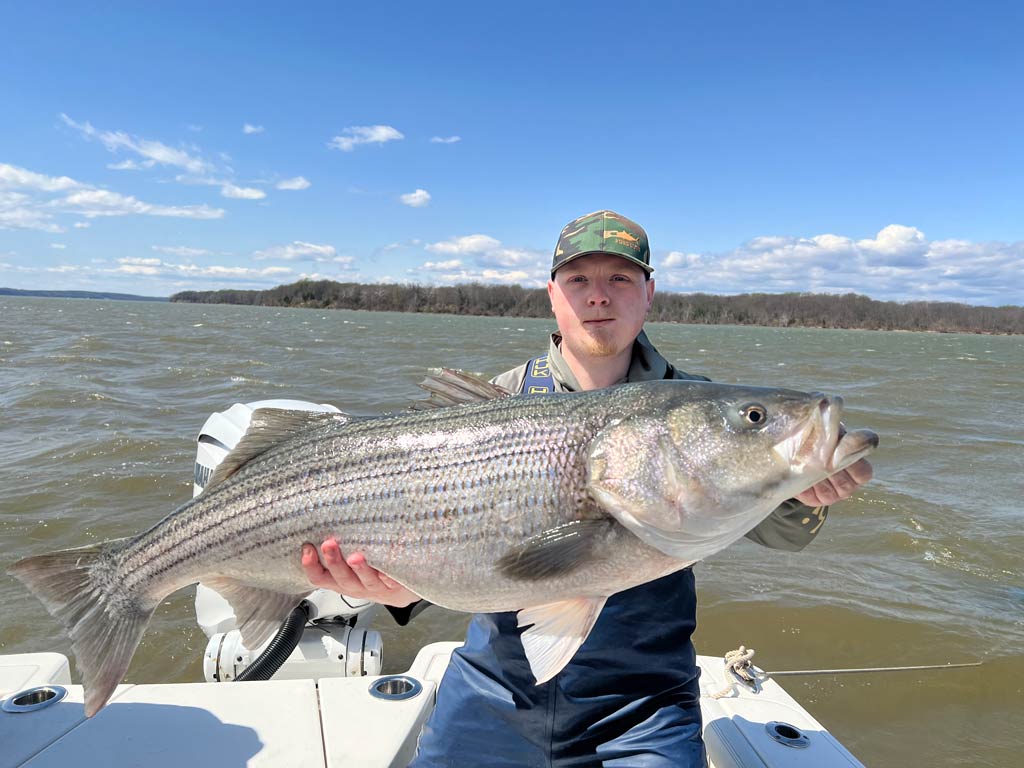
Photo courtesy of Rock On Fishing.
These fish are especially interesting because they live in freshwater and saltwater. Native to the Atlantic, you’ll find great Striper fishing in places like the Chesapeake Bay, Cape Cod, and New Jersey – where they’re more commonly known as “Rockfish.” They live along rocky shorelines – hence the nickname – where they can ambush prey. Anglers also congregate to fish for Striper Bass as they target big bait balls. Herring and mackerel are a few favorites but these Bass eat just about anything.
The fish have been introduced to many bodies freshwater – especially in the west where you can find some exceptional action. Stripers thrive in deep reservoir systems that offer cold water and plenty of food. Lake Mead, Lake Powell, and the southwest are great places to find big Stripers in freshwater.
White Bass
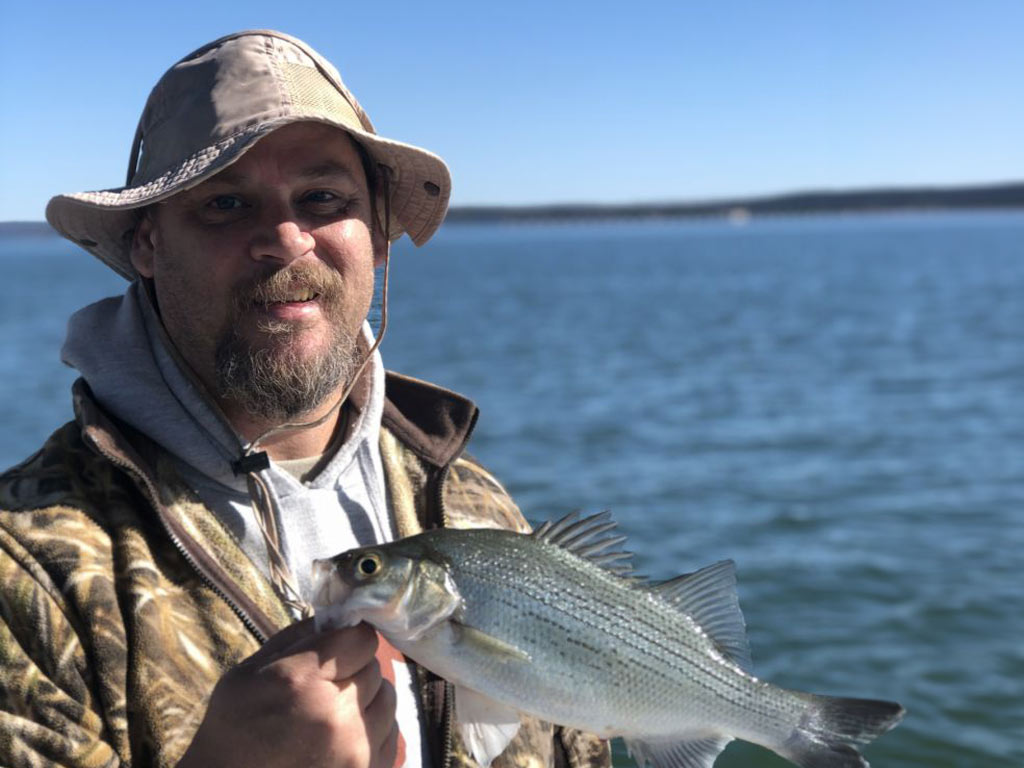
Photo courtesy of Fish On Fishing Guide.
Similarly as with Striped Bass, anglers love White Bass for their delicious meat and the great fight they put up. Texas, South Dakota, and a number of other states, along with Lake Erie, are home to strong populations. The species doesn’t grow to big sizes like its aforementioned cousins, but they love baited hooks and are a blast to catch. If you can hit your limit of White Bass, the fillets will only make you excited to catch and eat more.
Seabass
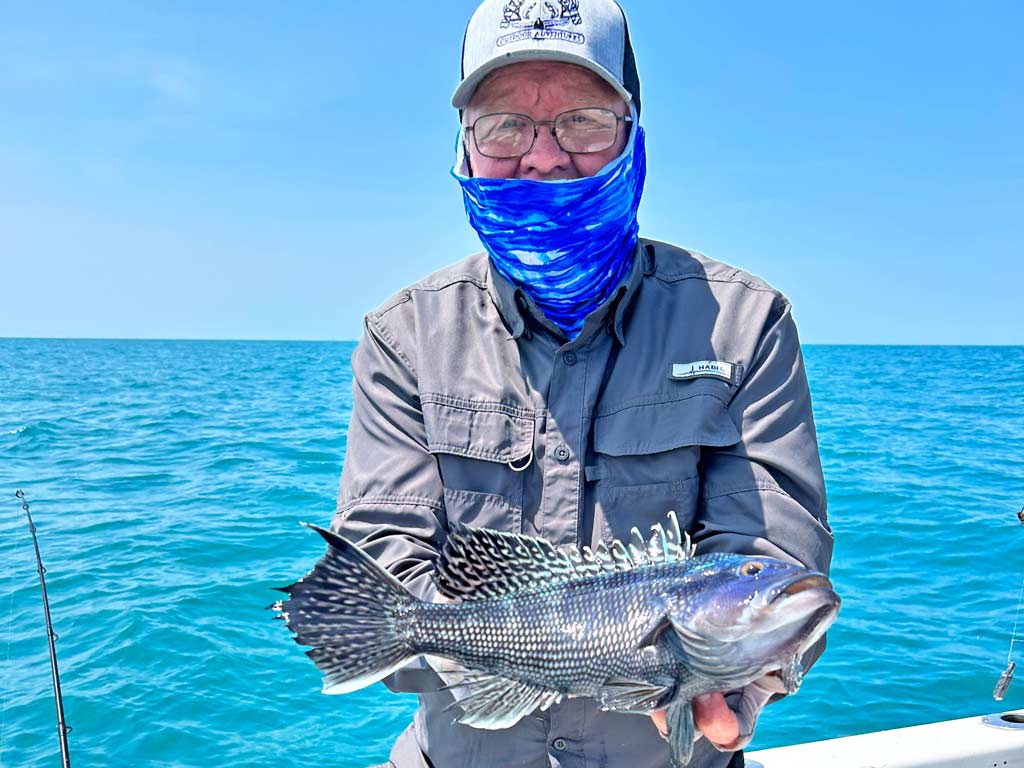
Photo courtesy of Nanticoke Outfitters.
Outside of the Striped Bass variety, the ocean is home to numerous Bass subspecies. Black Seabass, White Seabass, Giant Seabass, Calico Bass, and many more could be on the menu, depending on where you are. They all share one behavioral trait, however. Sea Bass species will ambush just about any edible prey. Many congregate around reefs and rock pockets where they can ambush and retreat quickly. If you hook one, reel hard before it can retreat into a deep hole.
Rigging Styles for Bass Baits
When targeting Bass, motion can be important in some cases while, in others, placing the bait over active fish is necessary. You can get creative with rigging and catch plenty of Bass on your own setups. However, there are some bait rigs that are proven and have stood the test of time.
Whatever option you choose, I recommend rigging a few hooks before your trip so they’re ready to use on the water. This will save time and it means you can use different style bait rigs for evolving needs over the course of a day.
Texas Rig
This rig is very simple to set up and it has a serious advantage for fishing through weeds and structure. I also love the ability it gives to change your weight location easily. This gives the flexibility to fish in just about any depth of water! The Texas rig is common for artificial baits like soft plastic worms but it also works with other baits that can fit the hook profile.
An offset or straight shank hook is used in conjunction with a bullet weight. The weight can slide freely or you can loop the line through the weight for a set position that adjusts easily. The bait is run through the hook to the eye and then hooked again over the point. With the hook point covered, you can work through weeds and grass without hanging up.
Carolina Rig
Similarly to the Texas rig, I also love the simplicity of the Carolina rig design. The primary hook is tied to a 6″ (or longer) section of leader that connects to a swivel. Above the swivel, your main line will have a few beads for separation and a sliding weight. You can use this rig with any type of Bass bait or even with artificial plastics. It takes almost no time to tie and is fantastic when fished under a bobber or off the bottom.
Dropshot Rigs
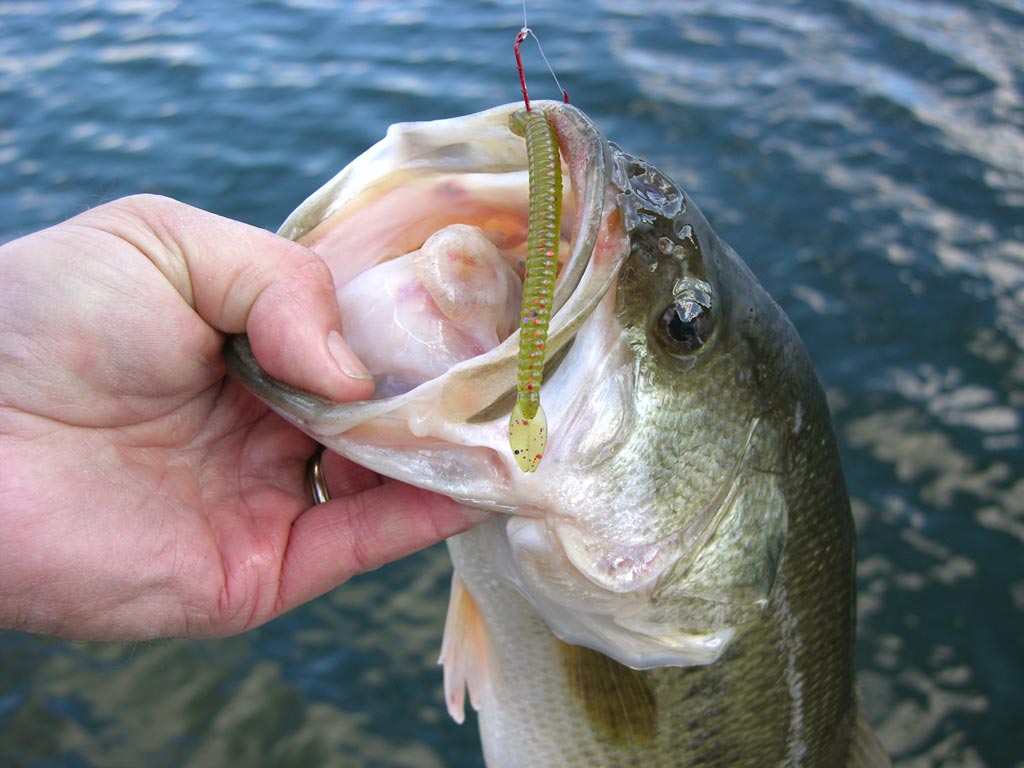
Often, you’ll want to fish at a set distance off the bottom. Dropshot rigs are the ideal option for running baits above a sinker. The weights have a swivel end attached to them. If needed, you can rig the weight to drop against a solid stopping point like a swivel or terminal end. You’ll then want to set the hook between the sinker and the swivel and tie the swivel off to the main line.
You can run a single hook or multiple hooks off the line. They’ll suspend with the bottom weight acting as a guide. The weight can be dropped to the bottom so the baits are just above. It can also suspend at any depth and the baits will be set in a straight line above the weight.
Simple Bobber Rig
Sometimes, you simply want to toss out a bobber with a baited hook. Tie a hook directly to the end of your line and clip a bobber a few inches or a foot above the hook. Your bait will most likely require a small amount of weight. Pinch-on egg weights are perfect when attached an inch or two above the hook. Cast it out and wait for the bobber to go down!
Jig Hooks
One of the most versatile and productive ways of fishing is with a jig hook. Your jig hooks can attach to soft plastics, along with cut and live baits. The hook is weighted so there’s no need for complicated rigging. Simply add the bait and cast the jig into the water. You can retrieve or suspend it at your desired depth. However you choose to fish a jig with your bait, it has a good chance of pulling in a Bass!
The Ultimate Best Bass Baits
I’ve touched on the regional variations that will influence your bait choices but I also suggest you always inquire in local tackle shops and with experts. They’ll help you understand the common food sources present. This is important as they often change throughout the year.
Worms
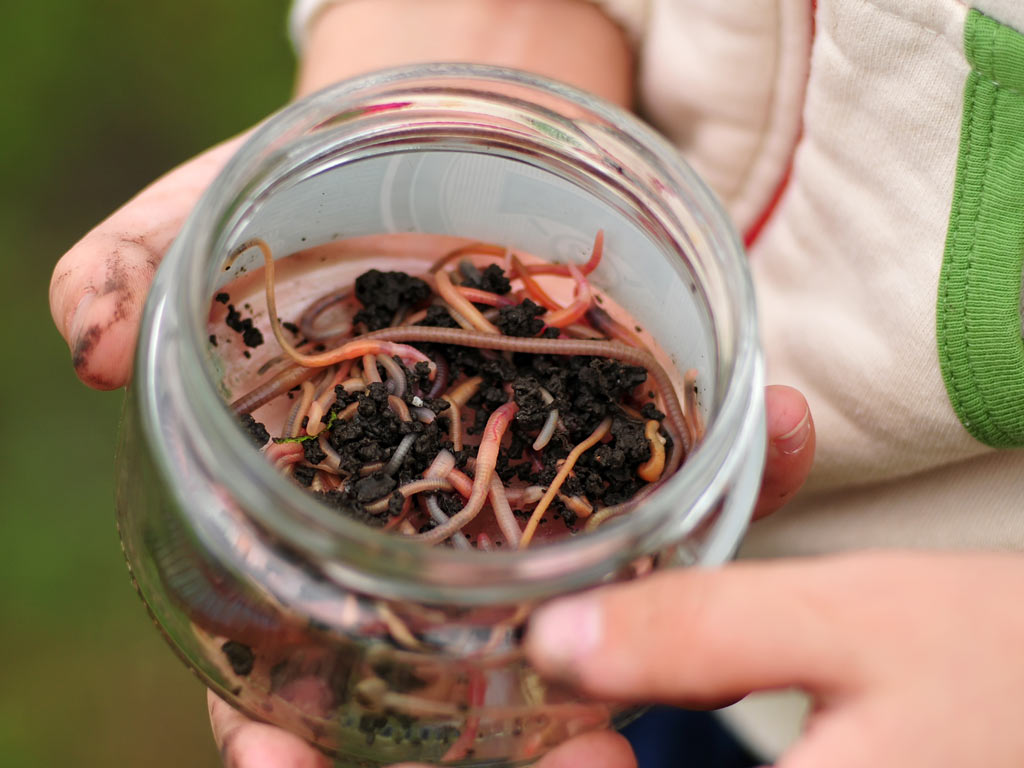
Natural and artificial worms are ideal bait options for Bass fishing. Nightcrawlers are large and Bass will inhale them, especially when presented live. Smaller red worms also work very well but they don’t have the big size profile of a nightcrawler.
When it comes to artificial worms, there are tons of options out there. Look for plastic worms that are scent-infused to help better imitate a natural one. They come in a wide variety of sizes and styles.
Crayfish, Crabs, and Lobster
In freshwater, fishing a live crayfish is flat-out deadly. You can fish the tails as cut bait as well. These are a favorite food source for many fish, and you might catch a monster Bass on crayfish. In saltwater environments, the same is true for crabs and even lobsters. A live crab offers plenty of movement and can attract fish from longer distances. You can suspend or retrieve any of these bait offerings and catch Bass.
Minnows and Bait Fish
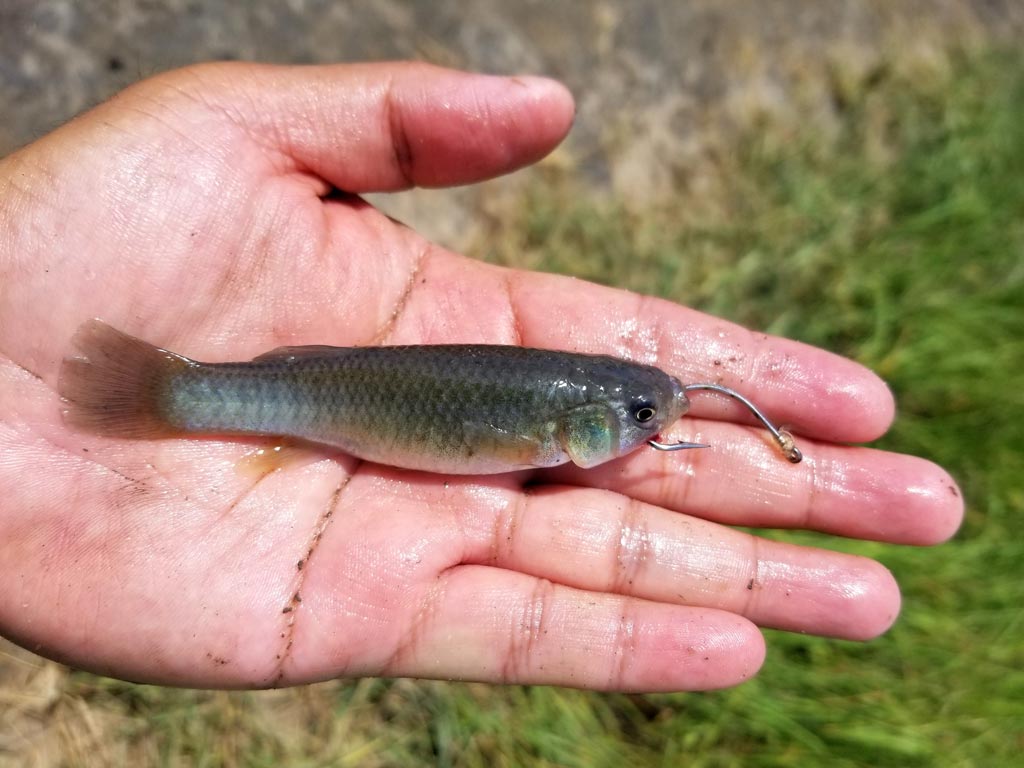
When you want a very active, real bait offering, turn to the natural minnows and bait fish in the waters you’re targeting. This applies to both freshwater and saltwater. Herring, mullet, shiners, and chub all make excellent baits. Learn how to catch them with nets or buy them from a bait shop directly. You can also cut these baits and fish them dead. Chunks of mackerel are fantastic for Striped Bass, and the general scent of cut bait will attract Bass in many situations.
Are you ready to catch more Bass on bait?
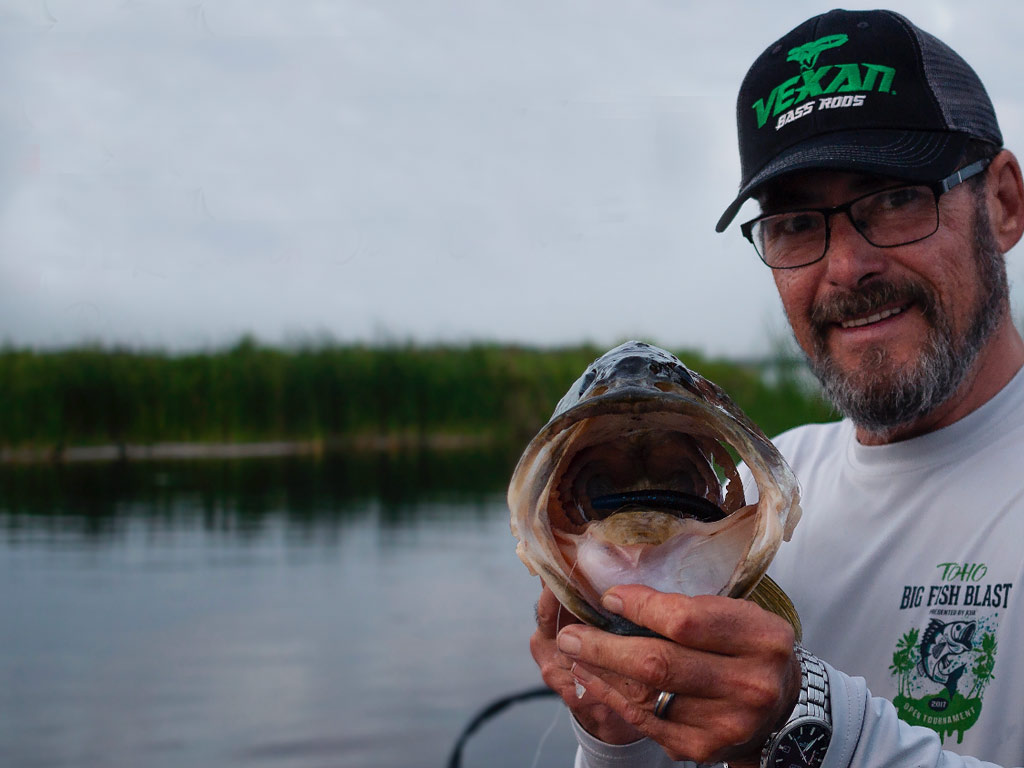
Photo courtesy of PS Bass Guide Services.
While lures and a number of artificial options catch Bass, real bait is hard to beat. Artificial plastics are convenient but it’s tough to replace the real thing. Do some research on the best options for your region and get ready to rig baits on your next trip. You might dig up worms from the garden or catch minnows in the shallows. Either way, having access to baits and rigging them well can lead to more Bass. Tight lines!
Are you a dedicated Bass angler? What are some of your favorite baits? We’d love to hear from you in the comments below!
The post Best Bass Bait: An Angler’s Guide appeared first on FishingBooker Blog.
https://fishingbooker.com/blog/best-bass-bait/
 CampingSurvivalistHuntingFishingExploringHikingPrivacy PolicyTerms And Conditions
CampingSurvivalistHuntingFishingExploringHikingPrivacy PolicyTerms And Conditions
